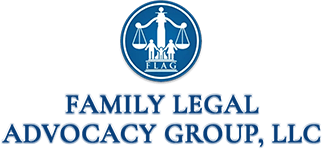The history of Special Education is demonstrative not only of how far we have come, but also what lies ahead in terms of our nation’s Special Education legislation, policy and advocacy.
While the foundation of these laws and regulations lay primarily in our nation’s education history, the strides made in Special Education advocacy and policy were primarily established through the Education for All Handicapped Children Act (1975), which was amended into the Individuals with Disabilities with Education Act of 2004. Read on to learn more about these highly influential pieces of legislation.
Education for All Handicapped Children Act, 1975
In 1975, Congress enacted Public Law 94-142, more commonly known as the Education for All Handicapped Children Act (EHA). The goal of EHA was to ensure children with disabilities gained access to a free and appropriate public education. This law provided local and statewide support and protection to children and youth with disabilities, as well as their families. Under EHA, all public schools were granted federal funding that provided equal access to education for children with physical and/or mental disabilities. Schools were required to evaluate children and create an educational plan that paralleled the academic experience of their non-disabled peers. EHA requirements also provided parents and families the necessary support systems to ensure their child received appropriate and adequate services, along with the services needed to dispute decisions made on behalf of the child.
Individuals with Disabilities Education Act, 2004
The Education for All Handicapped Children Act (EHA) was amended in 1997 and is now known as the Individuals with Disabilities Education Act (IDEA). The amendments made in IDEA provide children and youth with disabilities access to a higher quality of education related services, ensuring all students the complete access to the most appropriate education within the least restrictive environment.
Under IDEA’s legislation, all states receiving federal funding must:
- Provide all students with disabilities between the ages of three and 21 with access to an appropriate and free public education
- Identify, locate and evaluate children labeled with disabilities
- Develop an Individualized Education Program (IEP) for each child
- Educate children with disabilities within their “least restrictive environment.” This environment is ideally with their typically developing peers, but is dependent on individual circumstances
- Provide those students enrolled in early-intervention (EI) programs with a positive and effective transition into an appropriate preschool program
- Provide special education services for those children enrolled in private schools
- Ensure teachers are adequately qualified and certified to teach special education
- Ensure that children with disabilities are not suspended or expelled at rates higher than their typically developing peers
Above all, these federal provisions enacted by IDEA ensure that all children with disabilities are provided with the adequate services and resources necessary for them to succeed within and beyond the educational system alongside their non-disabled peers.

